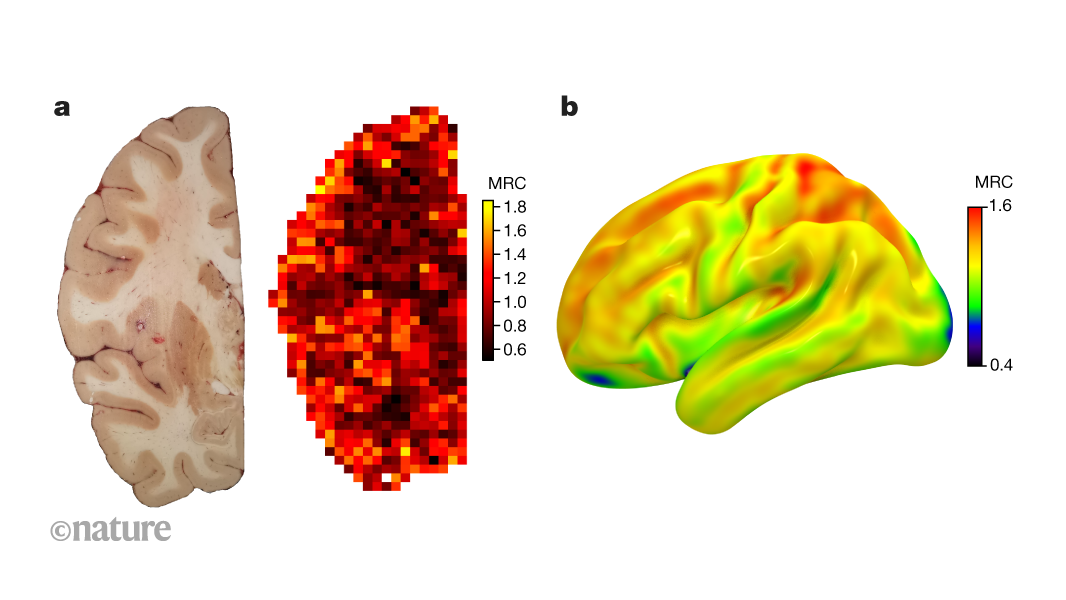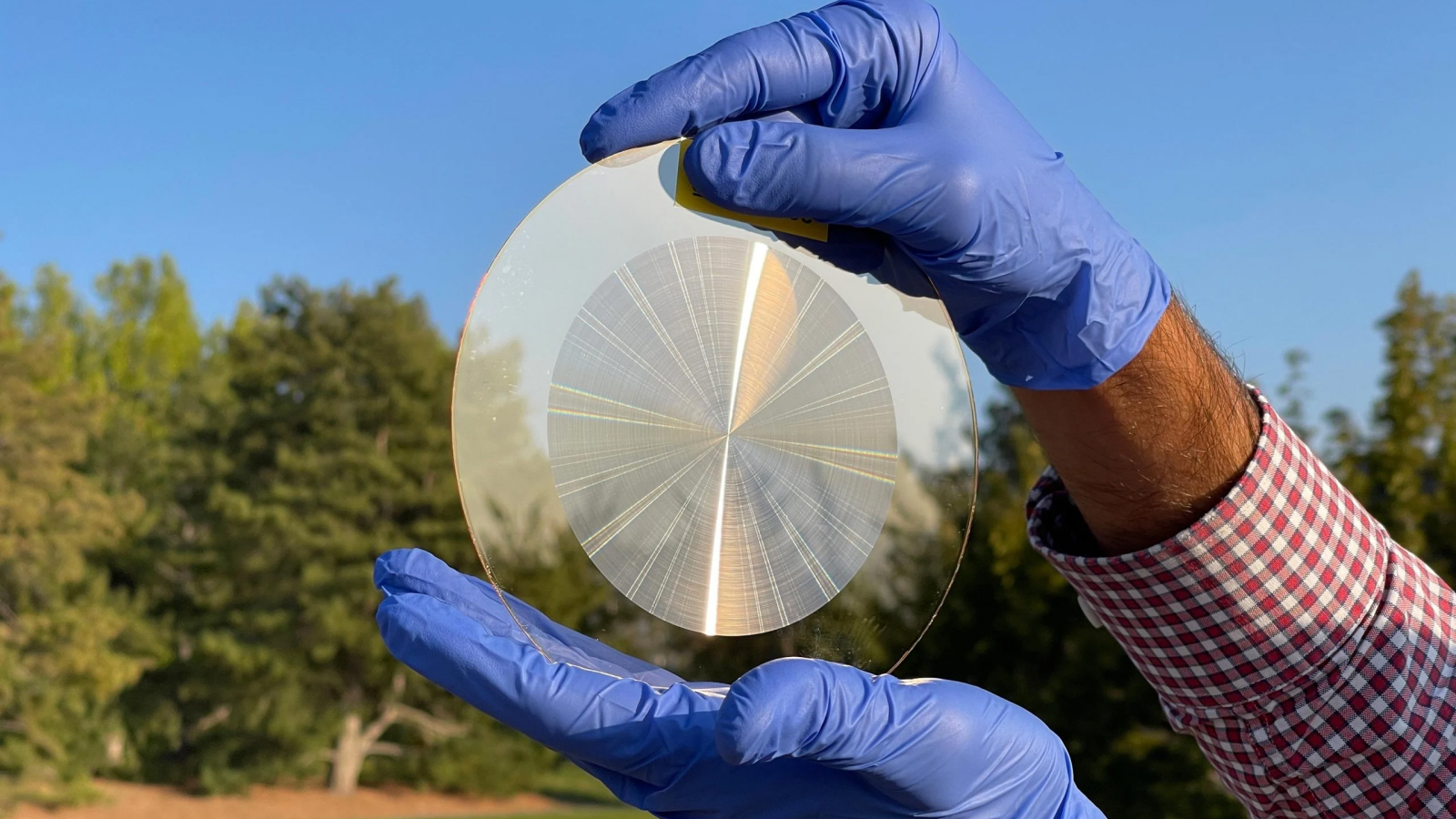www.discovermagazine.com
When the 2020 pandemic sent everyone home to shelter in place, kids began online school and adults telecommuted using videoconferencing. Suddenly, people saw a constant reflection of themselves mirrored on the screen.There we were, side-by-side in little boxes next to our colleagues as we pretended to listen to a department meeting or a budget update. Our every move was mirrored back to us, and it gave many people a chance to scrutinize their appearance.Small smiles revealed previously unnoticed wrinkles or laugh lines. Speaking exposed crooked teeth. Bad lighting highlighted untouched roots. For hours on end, people in Zoom meetings were stuck looking at their imperfections.Social scientists also had to look at themselves in teleconferences, which prompted researchers to question whether dissatisfaction with ones appearance was a factor in Zoom fatigue. Theyve found that staring at ourselves has prompted both a mass unhappiness with appearance and an uptick in cosmetic procedures.What Is the Zoom Boom? In news articles or online forums, people called their unhappiness with their appearance Zoom Face. This led to a so-called Zoom Boom, in which people considered or sought cosmetic procedures.But was this a real phenomenon? In a 2025 study in Laryngoscope, a team of researchers examined data from Google Trends from January 2019 to December 2022 to determine if there was indeed an increased interest in cosmetic procedures.Searches for blepharoplasty (eyelid surgery), Botox, facelifts, and neck lifts all increased during the pandemic and then experienced a sustaining Zoom Boom, meaning people kept considering these options. Searches related to fillers, nose jobs, and tummy tucks initially saw an increase during the pandemic but then went back to pre-pandemic levels.Zoom and Dysmorphic Concerns During the height of the pandemic, clinical psychologist Toni Pikoos and her research partners also questioned whether the new interest in cosmetic procedures was indeed related to videoconferencing and the new reality of having to see yourself on screen.It was early in the COVID-19 pandemic, and all of our work, social lives, and health appointments had suddenly shifted to this new online format. I couldn't help but notice that I was often watching the video of myself during these calls probably more than I had ever looked at myself before and starting to notice things about my face that I had never paid much attention to before, says Pikoos, a post-doctoral research fellow at Swinburne University in Australia.In a 2021 study in Aesthetic Surgery Journal, Pikoos and her research partners surveyed 335 Australian adults to determine their video conference usage, whether they focused on themselves during calls, and if they used any manipulation techniques. The participants also took the Dysmorphic Concern Questionnaire to see if they had any dysmorphic concerns.Dysmorphic concern is a preoccupation with a perceived flaw in physical appearance often something that feels noticeable and concerning to the individual, but would be slight or even non-existent to others, Pikoos says.The results, Pikoos says, were stunning. I found the sheer volume of people who were finding new appearance concerns on video, which also then translated into a greater desire to access beauty and cosmetic treatments like cosmetic injections quite alarming, she says.Zoom Leading to Dissatisfaction More than one-third of the study participants admitted they found a new appearance concern due to Zooming. Participants with dysmorphic concerns were more likely to have a greater focus on themselves during a Zoom call and increased appearance concerns. They were also more likely to engage in manipulation techniques such as using a ring light during calls, angling their cameras, or using a camera filter.Participants who found a new concern were also more likely to report a greater interest in seeking cosmetic procedures like Botox. The authors concluded there was a link between Zooming, unhappiness with ones appearance, and an interest in getting work done.Why does Zoom lead to such dissatisfaction? Pikoos says there are several reasons, including how Zoom captures us doing everyday motions like talking, smiling, taking a sip of water and then reflecting it back to us with a mirror image we arent used to seeing.Zoom also gives us a point of comparison with others. Everyone on the call is situated in neat little boxes, and it can allow a person to make a side-by-side comparison they wouldnt be able to do in real life. This, coupled with the distortion that can come from close-up camera lenses which can alter the size, shape and color of how our faces appear led to the emergence of new appearance concerns, Pikoos says.The Zoom Boom and Zoomed OutWhile some people may seek fillers or other cosmetic fixes, other studies have found that many people carry a greater psychological burden as a result of their dissatisfaction with their appearance.In a 2022 study in Cyberpsychology, Behavior, and Social Networking, researchers surveyed 613 adults and found that dissatisfaction with how one looked on Zoom was a psychological mechanism for Zoom fatigue. Such fatigue was about 15 percent higher in women than men and 11.1 percent higher for Asian than White study participants.For people who dont like the way they appear, that psychological load is harmful, says Rabindra (Robby) Ratan, the lead author of the study and an associate professor and AT&T Endowed Chair at Michigan State University.The study results supported other work that found that mirroring self-image on Zoom is the source of some serious self-consciousness.We found multiple studies now supporting the idea that if you turn off self-video, self-consciousness goes down, Ratan says.So, is it best to turn the camera off and appear as a black box during a call in order to avoid unnecessary self-scrutiny? Ratan says that will unlikely work for people who have a tendency to self-monitor, regardless of whether they have a video feed of themselves.I dont think the camera-off solution is the best, he says. I think the video filter, avatar feature is the best.Article SourcesOur writers at Discovermagazine.com use peer-reviewed studies and high-quality sources for our articles, and our editors review for scientific accuracy and editorial standards. Review the sources used below for this article:Cyberpsychology, Behavior, and Social Networking. Facial Appearance Dissatisfaction Explains Differences in Zoom FatigueEmilie Lucchesi has written for some of the country's largest newspapers, including The New York Times, Chicago Tribune and Los Angeles Times. She holds a bachelor's degree in journalism from the University of Missouri and an MA from DePaul University. She also holds a Ph.D. in communication from the University of Illinois-Chicago with an emphasis on media framing, message construction and stigma communication. Emilie has authored three nonfiction books. Her third, A Light in the Dark: Surviving More Than Ted Bundy, releases October 3, 2023, from Chicago Review Press and is co-authored with survivor Kathy Kleiner Rubin.












